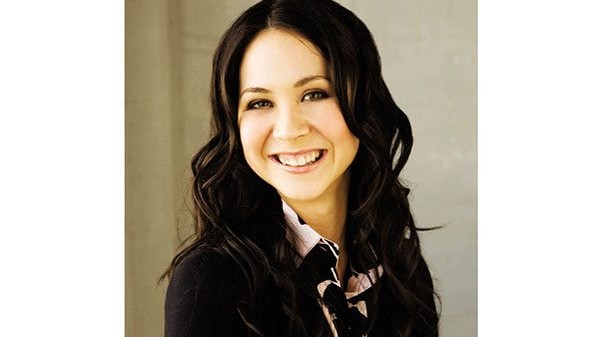Power dynamics in employment relationships

Legal expert Danielle Beston discusses the broader implications of a staff member’s employment classification.
An employee can seek a declaration from the Employment Court regarding their employment status. A recent example is the case of E Tū Inc v Rasier Operations BV (2022) 19 NZELR 475. In her judgement, Judge Inglis found the four drivers who drove for the global rideshare platform Uber to be employees rather than contractors under section six of the Employment Relations Act 2000 (the “ERA”). The court identified that the contracts given to the drivers were presented as non-negotiable, emphasising the power imbalance between the employer and the drivers who were granted declaratory relief.
Although the chief judge of the Employment Court emphasised that her decision was just about the four drivers named in the case, it was clear that several companies have interpreted it as having broader ramifications because they have appealed against the judgement. There is a fear that the floodgates will open for thousands of workers to claim rights and protections such as holiday pay, sick leave and minimum wage so employers will eagerly await the Court of Appeal’s decision.
The Employment Court’s reasoning
Before delving into the case specifics, Judge Inglis outlined the legal framework for determining employment status, stressing the importance of interpreting job status with a purposeful lens. The judge said that the ERA served as social legislation with a broad protective aim in regulating the labour market and ensuring minimum standards. Referring to precedent, she noted the absence of a definitive test for distinguishing between employees and non-employees, highlighting the need for a nuanced and contextual analysis guided by the act’s overarching purpose and objectives to determine if an individual qualifies for these safeguards.
The judge examined and scrutinised the dynamic between Uber and its drivers, considering various factors. While Uber’s operation structure acknowledges traits of independent contracting, such as drivers having the flexibility to choose their own hours, the prevailing evidence highlighted Uber having significant control over its drivers. Such control encompassed Uber enforcing an array of rules, determining trip fares and a contractual arrangement exclusively written by Uber without input from drivers.
Despite the drivers having flexibility, the judge found that they were bound by Uber’s terms and conditions and were assimilated into Uber’s operational structure, indicating an employer-employee relationship. Uber’s argument that they were not the employers of these drivers but merely a ‘facilitator of business arrangements’ between drivers and customers, was rejected.
The arguments on appeal
The drivers maintain that Uber’s misclassification of them as contractors denied them the minimum wage, holiday pay, protection from unjust dismissal, KiwiSaver contributions, and the right to unionise and collectively bargain. Union lawyer Peter Cranney, who represented the drivers in the Employment Court, said, “The most important element is that Uber determines completely the price of the trip. Completely. And in relation to the so-called driver-passenger contract, if there is one, it’s a very strange contract because every aspect of it is decided by Uber, not the passenger.”
Uber has argued it does not have as much control over drivers as the unions suggest and wants a judgement ruling that drivers are employees and not contractors set aside and sent back to the Employment Court. Lawyer for Uber, Paul Wicks KC, said, “Each driver had complete flexibility and choice over when they worked, for how long and where, and that freedom is wholly different to an employment relationship, which is typically structured around a clear obligation to work certain hours … They had other work commitments and chose to log on to the Uber app when and where it suited them.”
He also asserts that the Employment Court failed to appropriately consider the intention of the drivers when they signed up to work for Uber, arguing drivers knew what they were getting into. But more importantly, Judge Inglis had put too much weight on the drivers’ vulnerability and used this to tip the scales towards them being deemed to be employees.
Wider implications
The Employment Court decision marks a significant step in acknowledging workers’ rights. It establishes a precedent that puts employers under heightened scrutiny regarding the classification of their workers, which could lead to financial, reputational, and legal liabilities and challenges. As a result, employers, especially those using similar flexible work arrangements to Uber, may need to review their practices and operational structures in light of this decision.
Traditionally, having little control over a worker’s schedule and location was often considered a sign of that worker being a contractor rather than an employee. However, the recent ruling in this case suggests that flexibility is now less crucial in determining the level of employer control over their workers and, thus, their employment classification.
Instead, employers should prioritise ensuring that their workers receive minimum rights and entitlements, and should be mindful of the need for fair negotiation and transparency in employment contracts, regardless of the worker’s skill or position. This is crucial for addressing the imbalance of bargaining power between businesses and contractors vulnerable to unfavourable outcomes.



